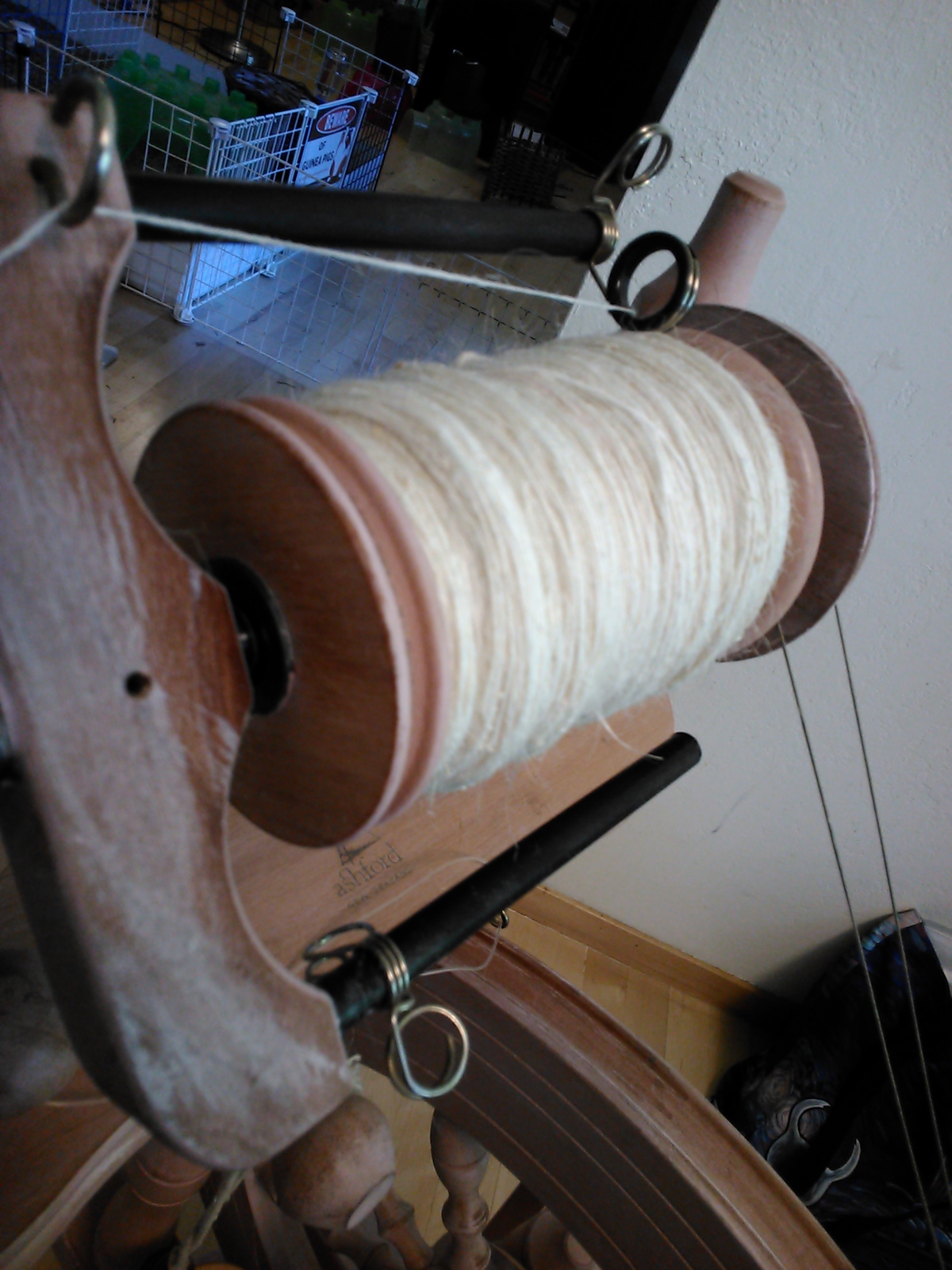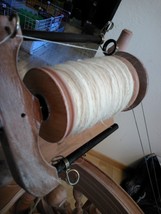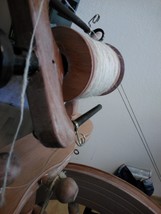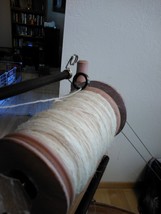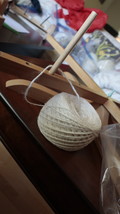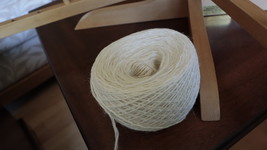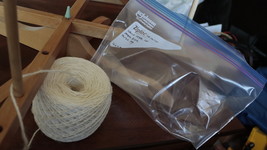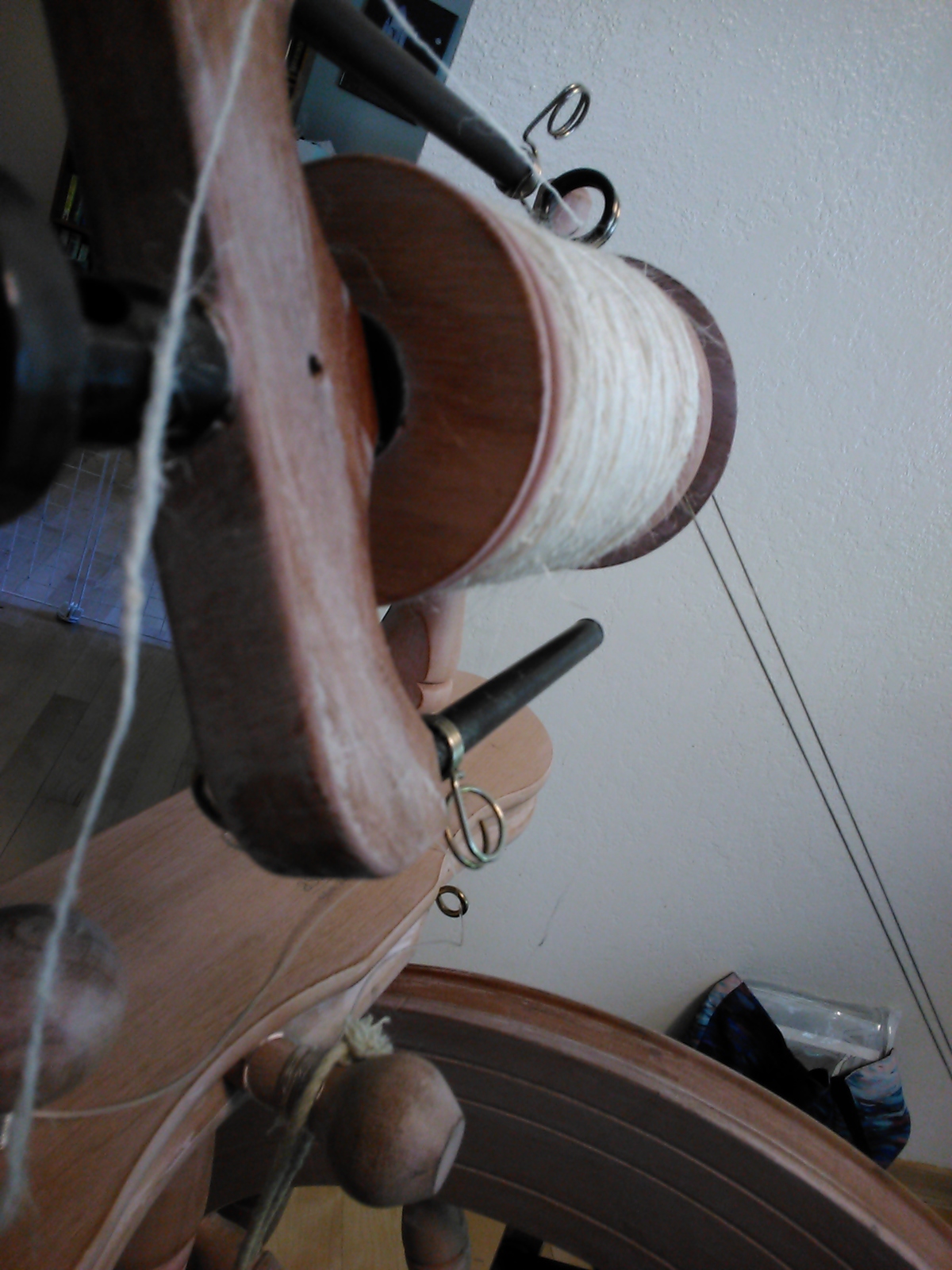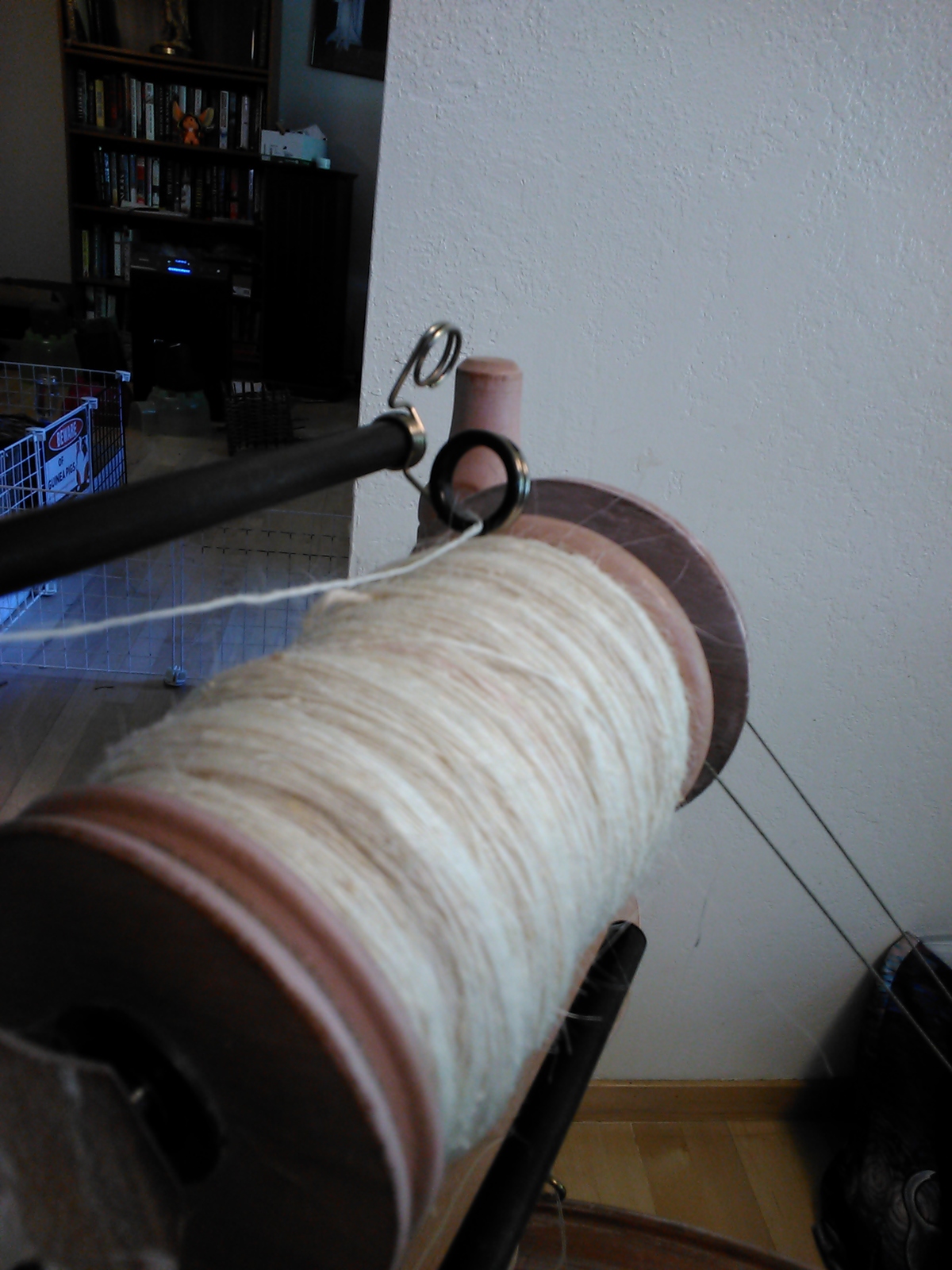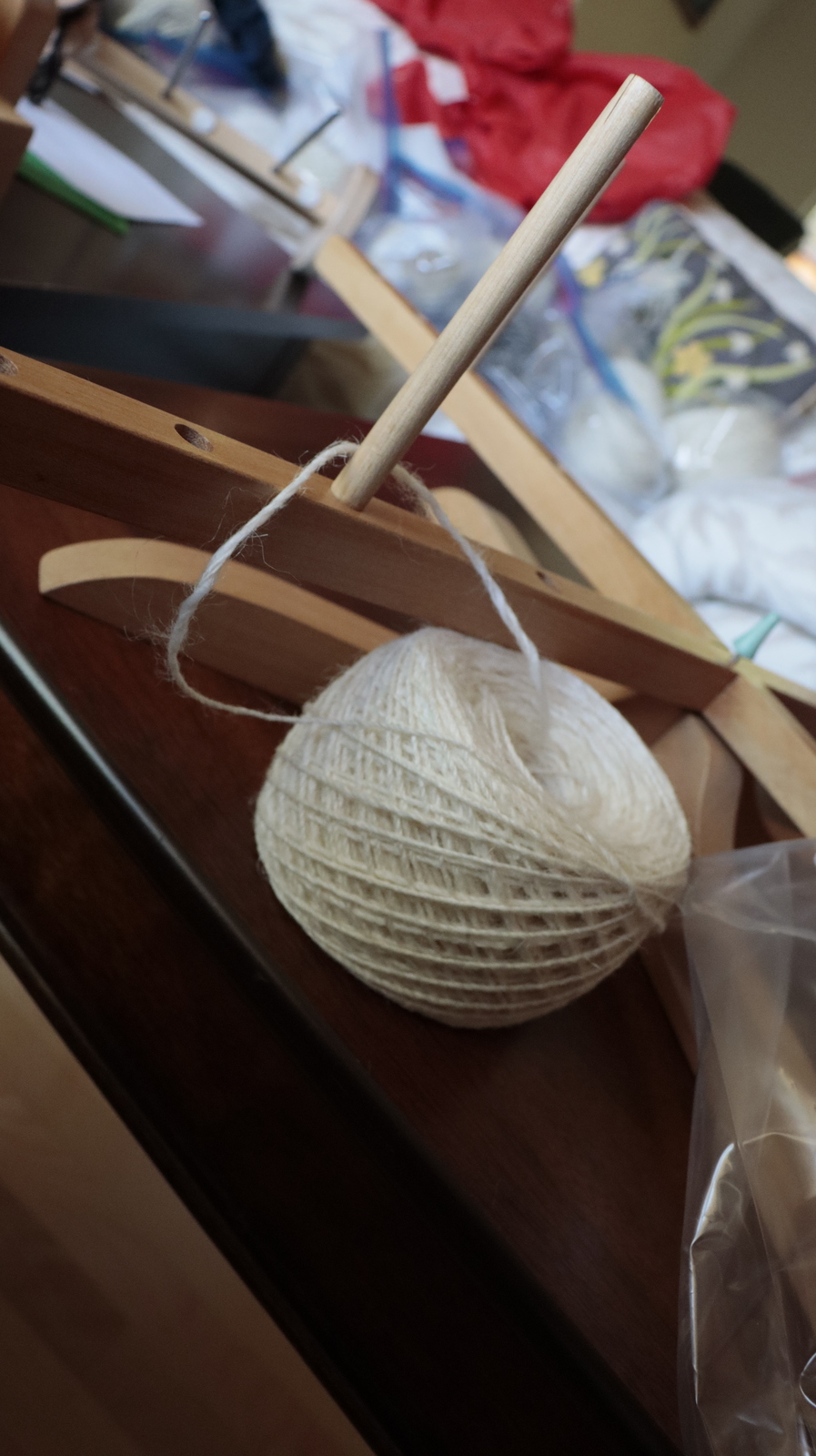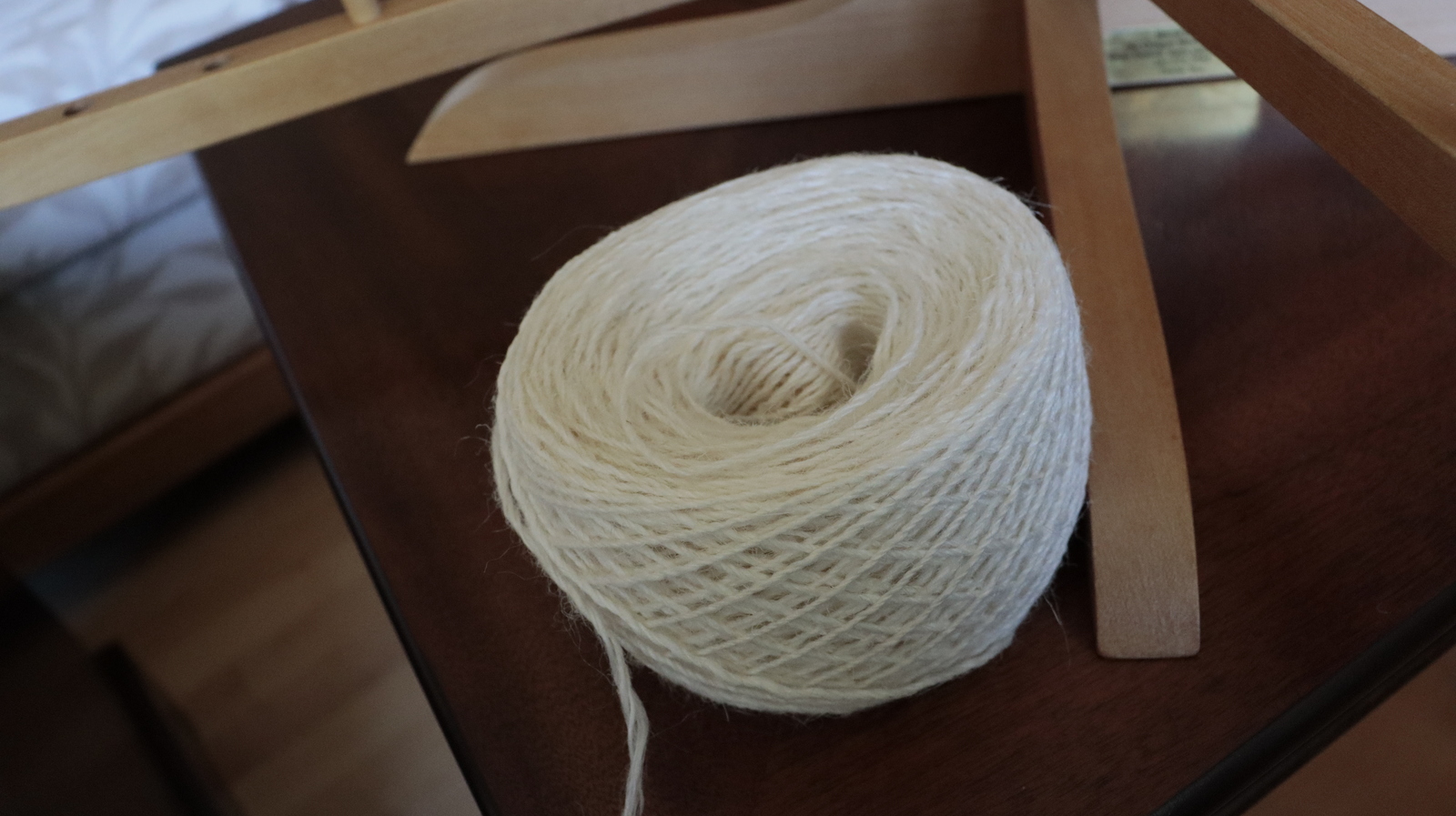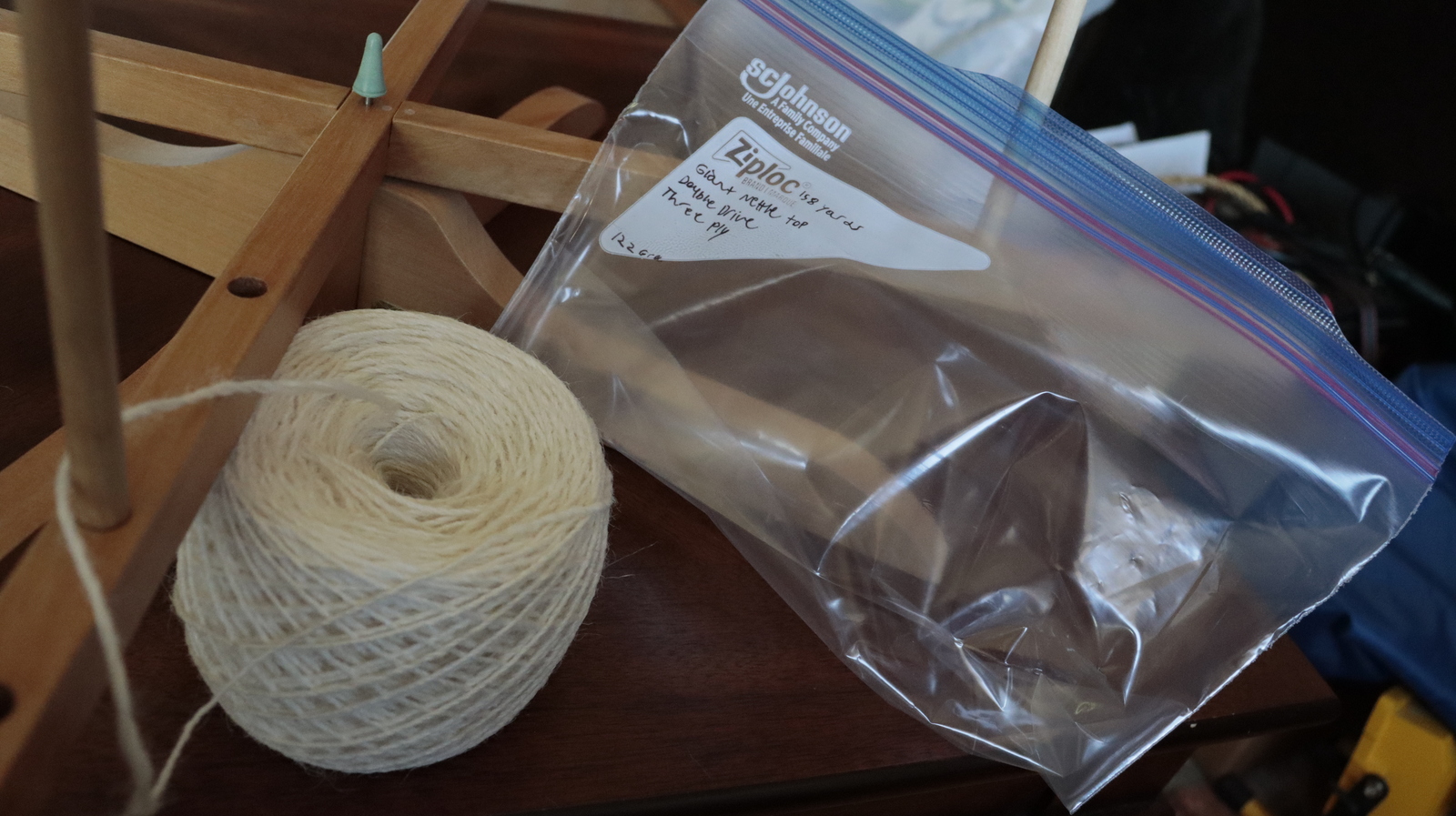Rendered at 15:30:14 05/29/25
Iridescent Nettles- three ply by the yard
$0.47
Shipping options
Estimated to arrive by Tue, Jun 10th.
Details
$5.00 via USPS Ground Advantage (1 to 10 business days) to United States
Return policy
Full refund available within 30 days
Purchase protection
Payment options
PayPal accepted
PayPal Credit accepted
Venmo accepted
PayPal, MasterCard, Visa, Discover, and American Express accepted
Maestro accepted
Amazon Pay accepted
Nuvei accepted
Shipping options
Estimated to arrive by Tue, Jun 10th.
Details
$5.00 via USPS Ground Advantage (1 to 10 business days) to United States
Return policy
Full refund available within 30 days
Purchase protection
Payment options
PayPal accepted
PayPal Credit accepted
Venmo accepted
PayPal, MasterCard, Visa, Discover, and American Express accepted
Maestro accepted
Amazon Pay accepted
Nuvei accepted
Item traits
| Category: | |
|---|---|
| Quantity Available: |
500 in stock |
| Condition: |
New |
| Brand: |
Homemade |
| Color: |
White |
| Weight: |
3 - DK/Light Worsted |
| Style: |
Handspun |
| Country/Region of Manufacture: |
United States |
| Type: |
Afghan Yarn |
| Unit of Sale: |
Unit |
| Suitable For: |
Accessories - Scarves, Crafts |
| Shape: |
Skein |
| Handmade: |
Yes |
| Product Line: |
Homespun |
| Fiber Content: |
Giant Himalayan Stinging Nettle |
| Material: |
Giant Himalayan Stinging Nettle |
Listing details
| Seller policies: | |
|---|---|
| Shipping discount: |
Free shipping on orders over $100.00 |
| Posted for sale: |
May 16 |
| Item number: |
1747510550 |
Item description
If you are a fiber artist who is familiar with northern European fairy tales, hearing about making clothing out of nettles likely makes your thoughts immediately fly to the tale of The Six Swans. First set to paper by the Brothers Grimm in 1812, this ancient tale has been told and retold by storytellers and authors throughout the ages. Widely used as food and medicine, nettles featured frequently in other European myths and fairy tales, too. Indeed, before the popularity of nettle fiber began to decline around the 17th-18th centuries, it was not uncommon to see nettle fiber used in fabric and sails. However, flax was both less expensive and had higher fiber yields, which meant that over time it became a much more popular fiber than nettle. Not every farmer gave up growing nettle for fiber, though. It was still possible to find nettle fields in Europe right up through the start of WWII.
Using nettles for fiber was not, by any stretch of the imagination, the exclusive purview of Europe. Before Europeans ever arrived in North America, most nations and cultures used nettle fiber for weaving, cords, nets, and more. There is some evidence that ancient Egyptians used cloth made of ramie, a close relative of nettle without the sting. It was used throughout Asia by spinners and weavers of many diverse cultures. To this day, Himalayan Nettles are still used for their fiber by people living in the Himalayas.
Although the fiber of stinging nettles from a few varied species have been used throughout history, Himalayan Nettle is the only one still grown specifically for its fiber. It has been used in clothing, as well as for more utilitarian items such as grain sacks and rope. Of course, as commercially produced cotton and synthetic clothing has become cheaper and easier to produce, Himalayan Nettle clothing has become less common.
Working with Himalayan Nettle is quite like working with flax, and speaking as a spinner, while wetting my fingers while working with it did help to manage it, the real secret was to spin counterclockwise. Wool biases clockwise, so this took some discovery. Like linen, the initial texture of Himalayan Nettle yarn is stiffer than wool or cotton; Himalayan Nettle will soften a little bit over time. A lightweight three ply with a silver sheen, this was the lightest thing I've ever spun, and came close to thread on more than one occasion. This one is a three ply because at two, it would have been too small to work with.
Himalayan Nettle is an interesting plant. The fibers are hollow and can accumulate air inside creating natural insulation. To create clothing material for summer, the yarn length can be twisted to close the hollow core by reducing insulation. In winter and worked with with low twist the hollow fiber remains open. It gets stronger when wet, and while it wrinkles, the wrinkles are easy to remove.
Wash gently. Don't use anything acidic on it- beware of tomatoes and vinegar.
I don't ship this one for free unless you buy more than 12 yards worth of it. Otherwise, I'm paying more for shipping with tracking than you're buying it for.
Added to your wish list!
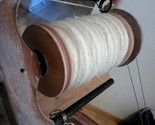
- Iridescent Nettles- three ply by the yard
- 500 in stock
- Handling time 2 days. Estimated delivery: Tue, Jun 10th
- Returns/refunds accepted
Get an item reminder
We'll email you a link to your item now and follow up with a single reminder (if you'd like one). That's it! No spam, no hassle.
Already have an account?
Log in and add this item to your wish list.


